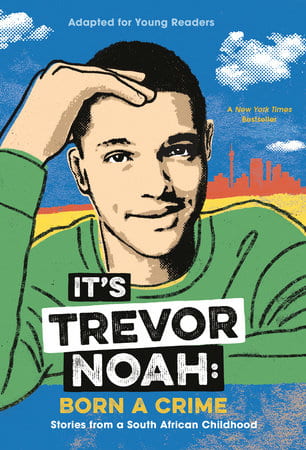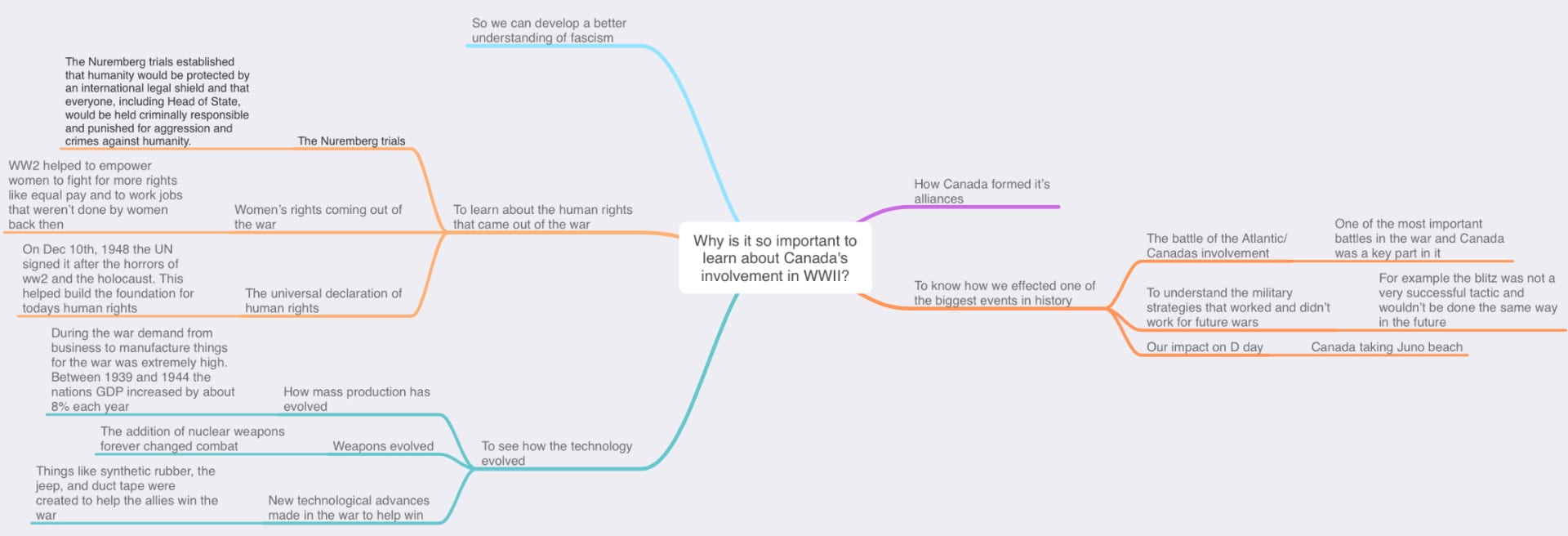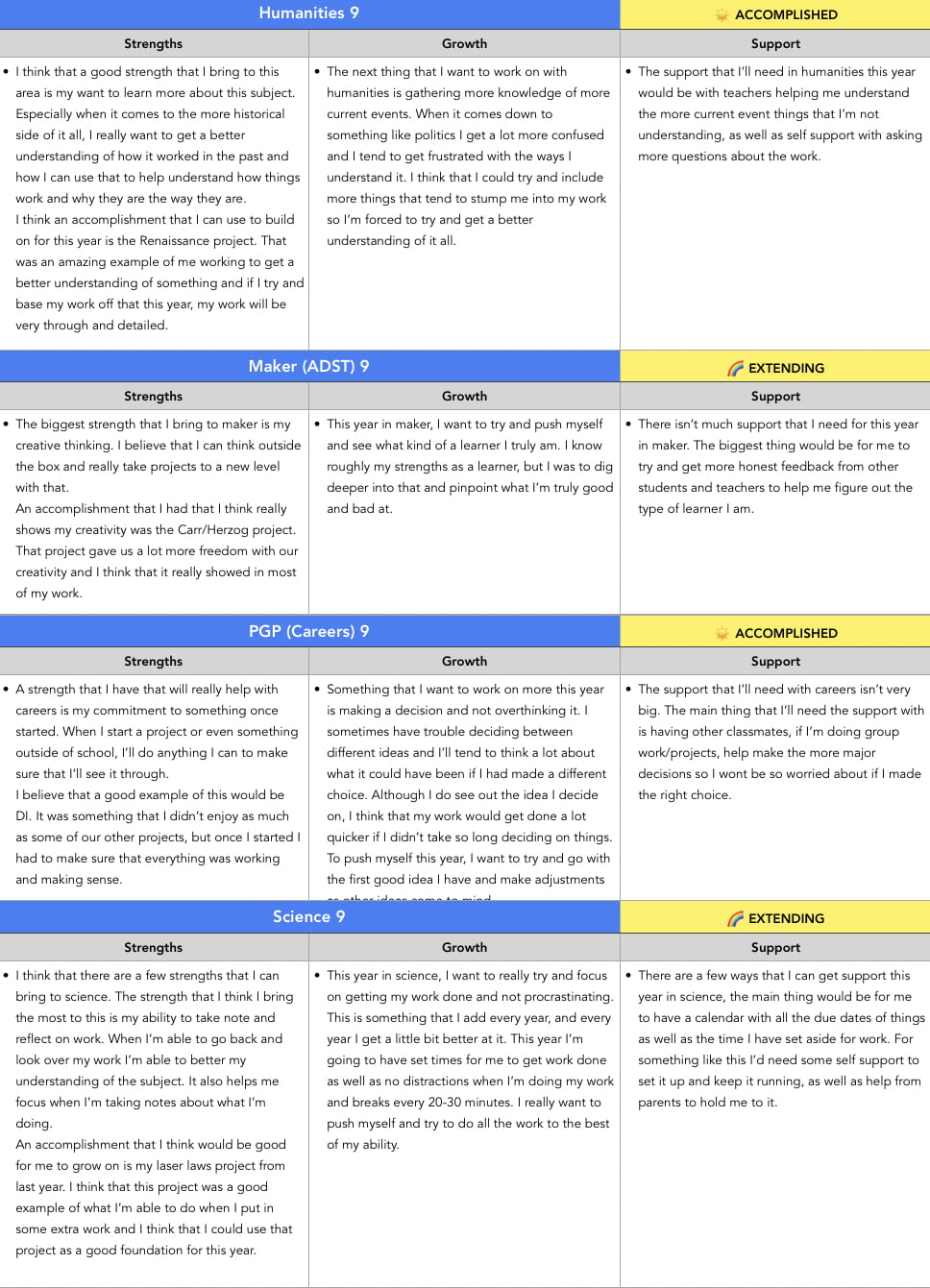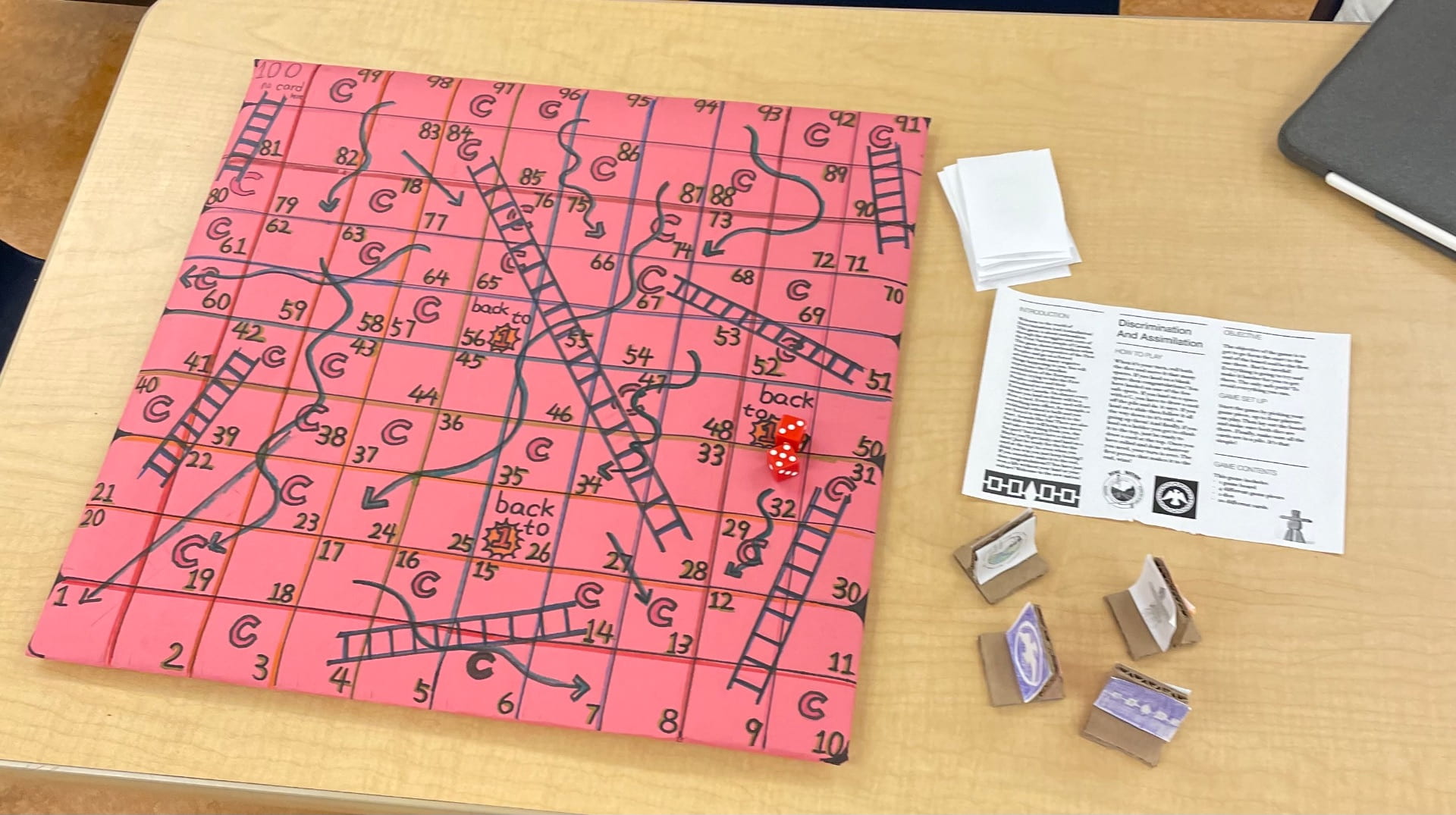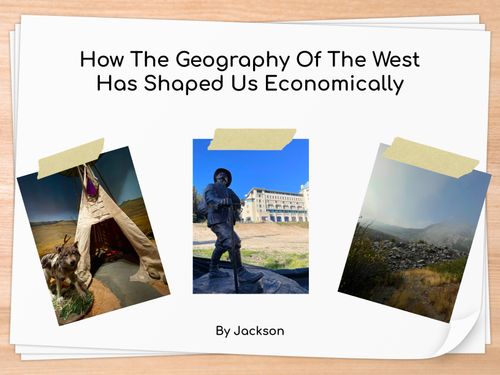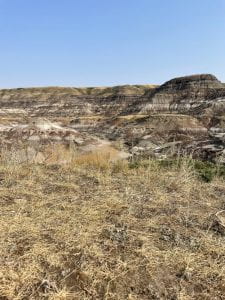
Hi everyone, and welcome to my last ever TPOL. Before I start, as always, I must make the POL declaration. “Thank you for coming to my presentation of learning. I am the expert on my own learning. I am also responsible and accountable for my own learning. You can expect me to give an honest evaluation of my progress. We will discuss my strengths and opportunities for growth. Thank you in advance for listening and for offering feedback that I can use to improve as a learner.”
This year for the TPOL, we were told to focus on three of the different success behaviours that we found we either did good on or that needed work to answer the driving question “How can you showcase evidence to demonstrate that PLP Success Behaviours have prepared you to advance to the next grade?”.
The first one that I chose is from the agency section, resilience. This year has been a very busy one for me. I was having trouble keeping up with everything in all my classes, especially when I started having to do PGP and then later exhibition work outside of the timetable. When faced with all these challenges and problems, I still did a good job of showing resilience and pushing forward. It’s like what happened with the exhibition. I did the planning for it in tutorials but I didn’t really know things like how much space I had and what all the requirements were because I wasn’t in the class. Even without all the information I still managed to come up with a really good concept for mine and build everything. It was far from my best looking exhibition, but people had fun at my station and I showed resilience and didn’t give up.

Another success behaviour that I want to talk about is my self regulation when it comes to my balance in life. This is where I really struggled this year. I’ve always been a person that wants to try new things and do everything that I could, but this year I just took on more then I could handle. When it’s something that I enjoy or find important, I always end up just overloading on it and joining as much as I can that involves it. Starting over the summer, with my summer learning and work, I’m going to have to work on strategies so that the same thing doesn’t happen. I’m purposely not doing as much extra things because I want to be able to focus on my school work. I also need to find a way to do and get ahead on things like homework so that I don’t fall into the same pattern of this year.

The last ones that I wanted to talk about I thought went together, my contributions and helpfulness in class. I’m a very curious person that likes to get engaged in a lesson. I’ll always do my best to contribute in anyway that I see is beneficial for everyone. Because I pay attention and engage myself, I tend to gain a sizeable understanding of the topic. This allows me to help assist others if I can tell that they are lost. I enjoy helping others and I find that if I show someone something, I build better knowledge of it as well. A good example of this is with the books we just made in humanities. I had a good understanding of what was required, how to build the book, how to use ai to help, and what elements looked good together in the book. Because I was comfortable and confident with all these I was able to help teach other people how to do some of these things as well as provide helpful feedback.

So, how did the PLP Success Behaviours show that I’m ready to advance to the next grade? In the end, it comes down to the takeaways that I got from them that I can learn from. The biggest take away is that I need to pace myself and be smart about how much I am trying to take on. This year was definitely eye opening for me with that because, in the past, I’ve been able to find a balance and make time but this year I underestimated how demanding all the things I do would be. I also learned that, even with more stuff then I can handle, I can show resilience and find a way to make it through tough situations.




